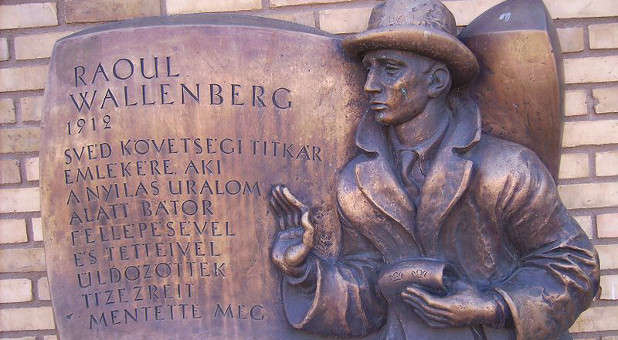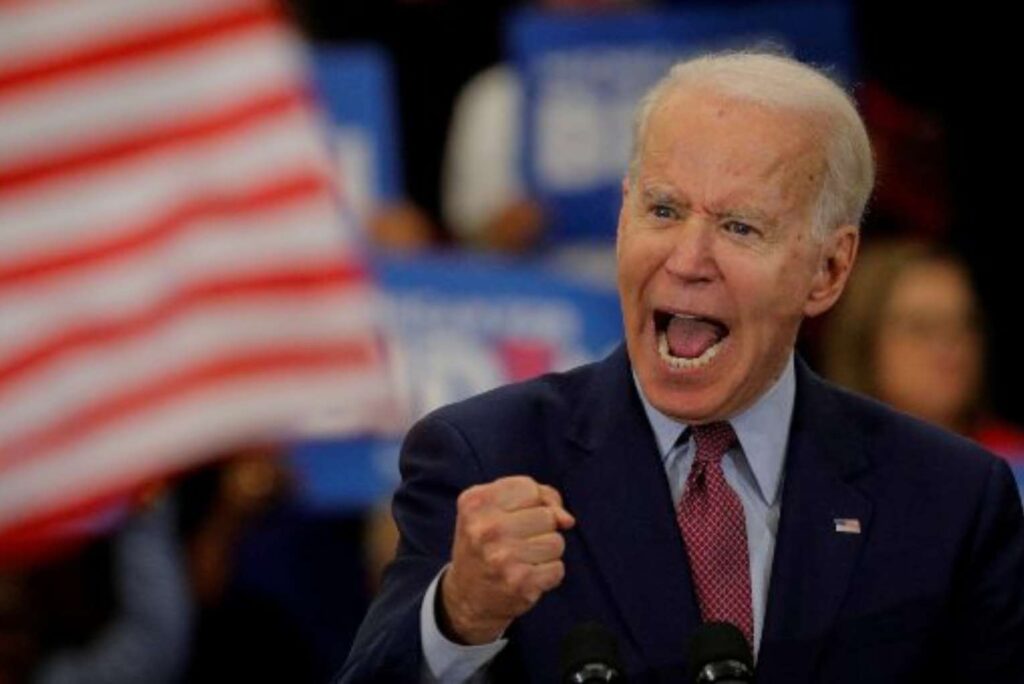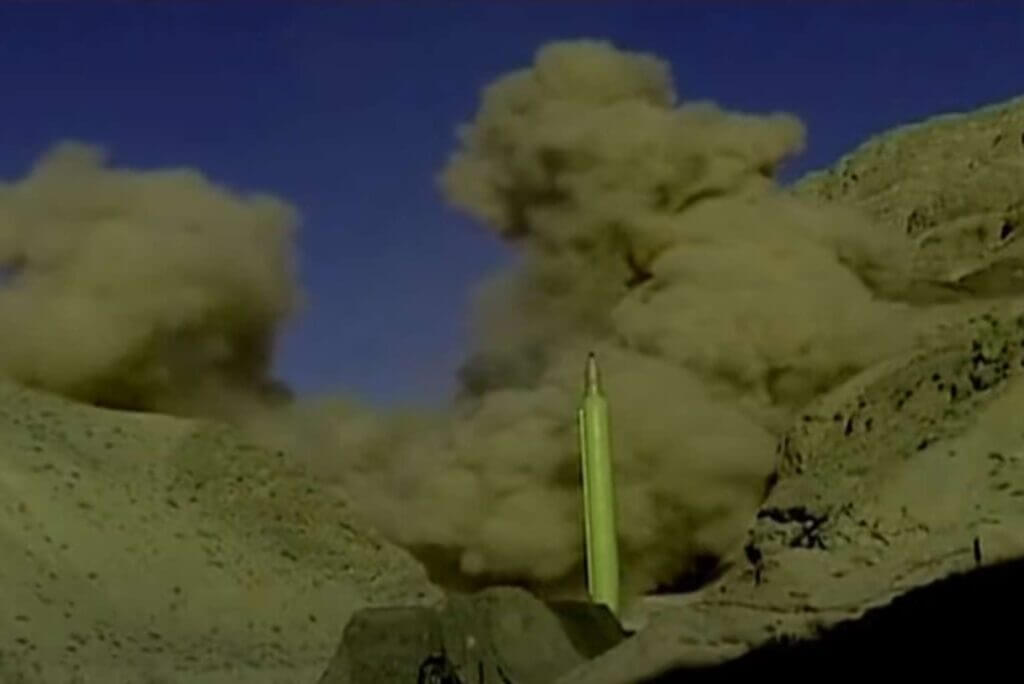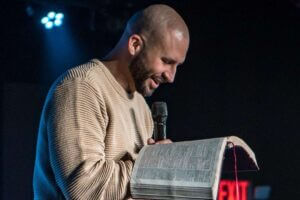How Did He Do It?
Jan Larrson, who was a staff member of Wallenberg’s and wrote his biography, was often asked in lecture tours how it was possible for one man and his staff to save such a large number of people from Nazi executions. Wallenberg was not the heroic type in the ordinary sense, according to Larsson, but he was a fearless, skilled negotiator and organizer. He was, moreover, a good actor—a talent that served him well during his clashes with the Nazis.
Wallenberg would also show two different personalities. The first was the calm, humorous, intellectual, warm person that his co-workers could see. The second was in confrontation with the Nazis, where he transformed into an aggressive person who would shout at them or threaten them on one occasion and flatter or bribe them on another, as the circumstances required.
The Nazis were impressed by him and usually gave in to his demands. One reason, of course, was his Swedish diplomatic status, which the Germans were loath to violate. On the other hand, status without enormous bravery would have accomplished nothing.
Larrson relates: “Inevitably Raoul was forced to play for increasingly high stakes in a situation where Budapest was becoming more and more a battlefield. The bombs were raining down, and Soviet troops were closing in on the suburbs. The last time I saw Raoul Wallenberg on January 10 1945, I urged him to seek shelter, especially as the Arrow Cross the Hungarian Nazis were searching for him in particular.”
Wallenberg’s reply was typical: “To me there’s no other choice. I’ve accepted this assignment and I could never return to Stockholm without the knowledge that I’d done everything in human power to save as many Jews as possible.”
Wallenberg started sleeping in a different house each night to guard against being captured or killed by Arrow Cross party members or by Eichmann’s men.
While the Russians, Americans and English were bombarding the city, chaos and looting reigned. The Jews were confined to two ghettoes. Many government functionaries and diplomats fled. Wallenberg continued fighting alongside the Red Cross, looking for allies or bribing the police.
Toward the very end of the war, when conditions were totally desperate, Wallenberg issued a simplified version of his Schutzpass, a mimeographed black and white page that bore only his signature. In the prevailing chaos, even this worked.
Immediately after its installation, a new Hungarian Nazi government announced that all Schutzpasses were invalid. But Wallenberg managed to make the acquaintance of Baroness Elizabeth “Liesel” Kemény. She was the wife of the foreign minister, and with her assistance Wallenberg managed to have his protective passports reinstated.
His Loss to the Russians
On January 13, 1945, the advancing Soviet troops saw a man standing and waiting for them alone outside a building with a large Swedish flag above its door. Wallenberg told an amazed Soviet sergeant in fluent Russian that he was the Swedish chargé d’ affairs for the portion of Hungary liberated by the Soviets. He received permission to visit Soviet military headquarters in Debrecen, east of Budapest, to explain his humanitarian strategies. On his way out of the capital on January 17, Wallenberg, with a Soviet escort, stopped at the “Swedish houses,” where he said goodbye to his friends.
Altogether, 120,000 Jews had survived the “Final Solution.” Wallenberg was the only diplomat who had remained in Budapest. Now his purpose was to propose a reconstruction plan to the Soviets. With that end in mind, he took his driver, Vilmos Langfelder, and some Soviet guards to Debrecen, where a provisional government had been established. He wanted to reach the Russian Commander Rodion Malinovsky.
Somewhere on that route, their supposed “guards” handed them over to the KGB (then NKVD) and put them under “military protection.” They were never seen again.
The Russians clearly did not have the same attitude toward Jews and were probably incapable of understanding or believing a person who had devoted all his energies to saving them. They probably thought Wallenberg was a CIA agent and jailed him in the Lubyanka prison, the KGB headquarters in Moscow.
For years, many nations demanded to know what happened to Wallenberg. The Soviets have always insisted he died of a heart attack on July 17, 1947 (at the age of 35!), in Lubyanka. Nevertheless, as foreign prisoners were released after the war from KGB prisons, many eyewitnesses told Swedish authorities they had personally met him and that he was definitely alive.
According to Sweden’s ambassador, Per Anger, stationed in Budapest during World War II and Wallenberg’s friend and colleague, Wallenberg must be given credit for having saved about 100,000 Jews.
What One Man Can Do
Challenging the entire machinery of Germany and its Hungarian allies by employing his imagination as an offensive weapon, Wallenberg resolved to do the impossible. With the help of people, some of them diplomats of good will, Wallenberg demonstrated that human courage has no limits. Through a process of persuasion, threats and an unmatched dose of diplomatic creativity, this young 32-year-old Swede managed to save the lives of multiplied tens of thousands of Hungarian Jews. For all those whom he saved, his heroism was crowned by tragedy.
In 1981, U.S. Congressman Tom Lantos, himself one of those saved by Wallenberg, sponsored a bill making Wallenberg an honorary citizen of the United States. In 1985, Wallenberg was made the first honorary citizen in Canada, with January 17, the date he disappeared, declared “Raoul Wallenberg Day” as a national holiday.
In 1986, Wallenberg was made an honorary citizen of Israel. On Raoul Wallenberg Street in Tel Aviv, there is a statute identical to the one erected in Hungary, where his image continues to inspire generations of Jews and Gentiles that “one man can make a difference.”
On Wallenberg’s 100th birthday anniversary, July 26, 2012, he was awarded a Congressional Gold Medal by the United States Congress “in recognition of his achievements and heroic actions during the Holocaust.”
He is a man who represents what Yeshua the Messiah described as the greatest love of all that a man would give his life for his friends.
See an error in this article?
To contact us or to submit an article























